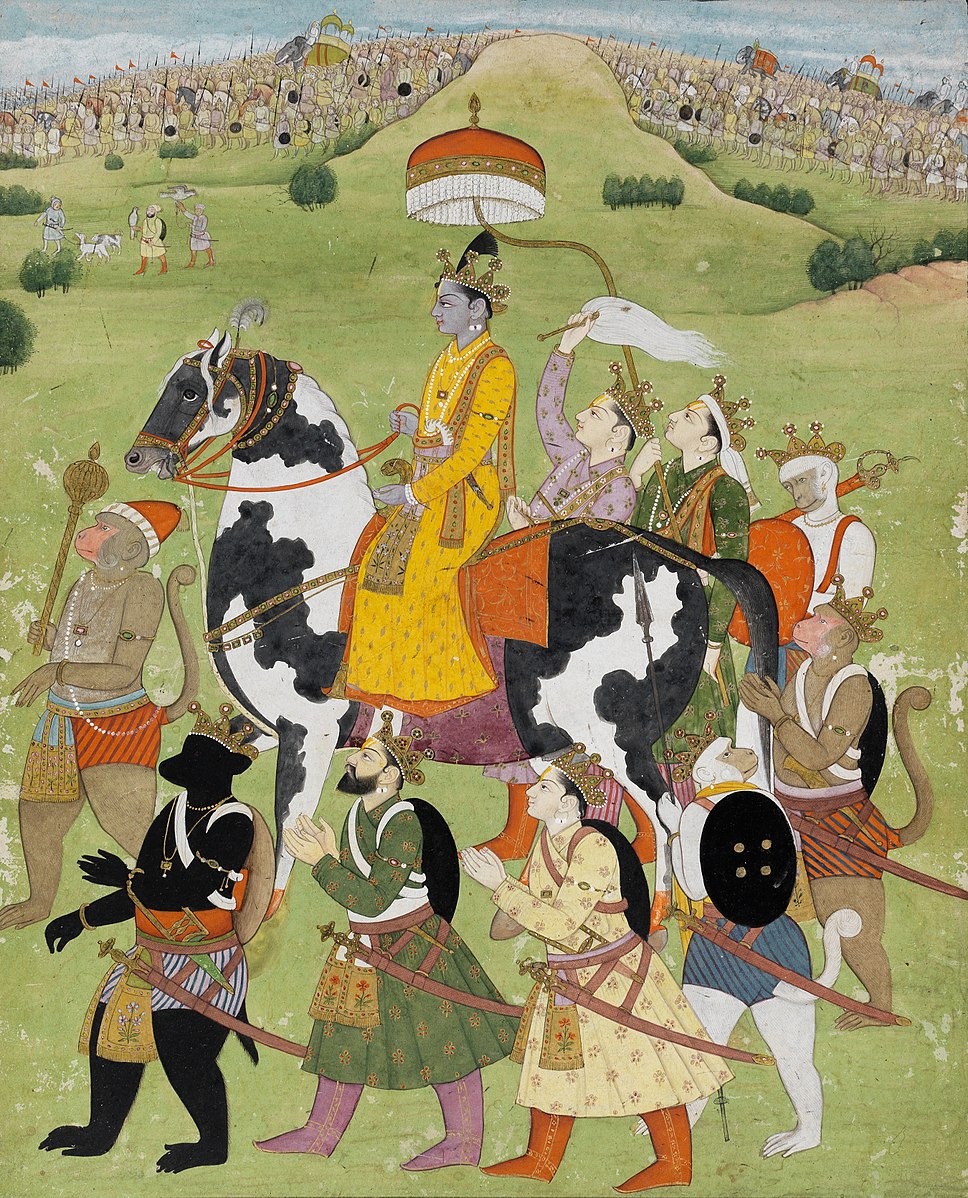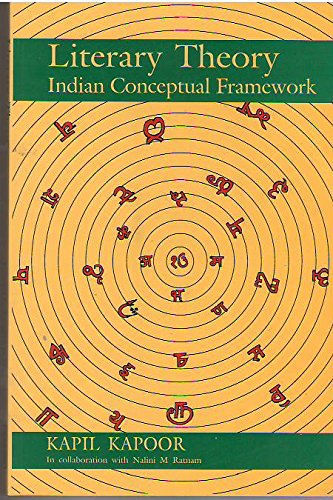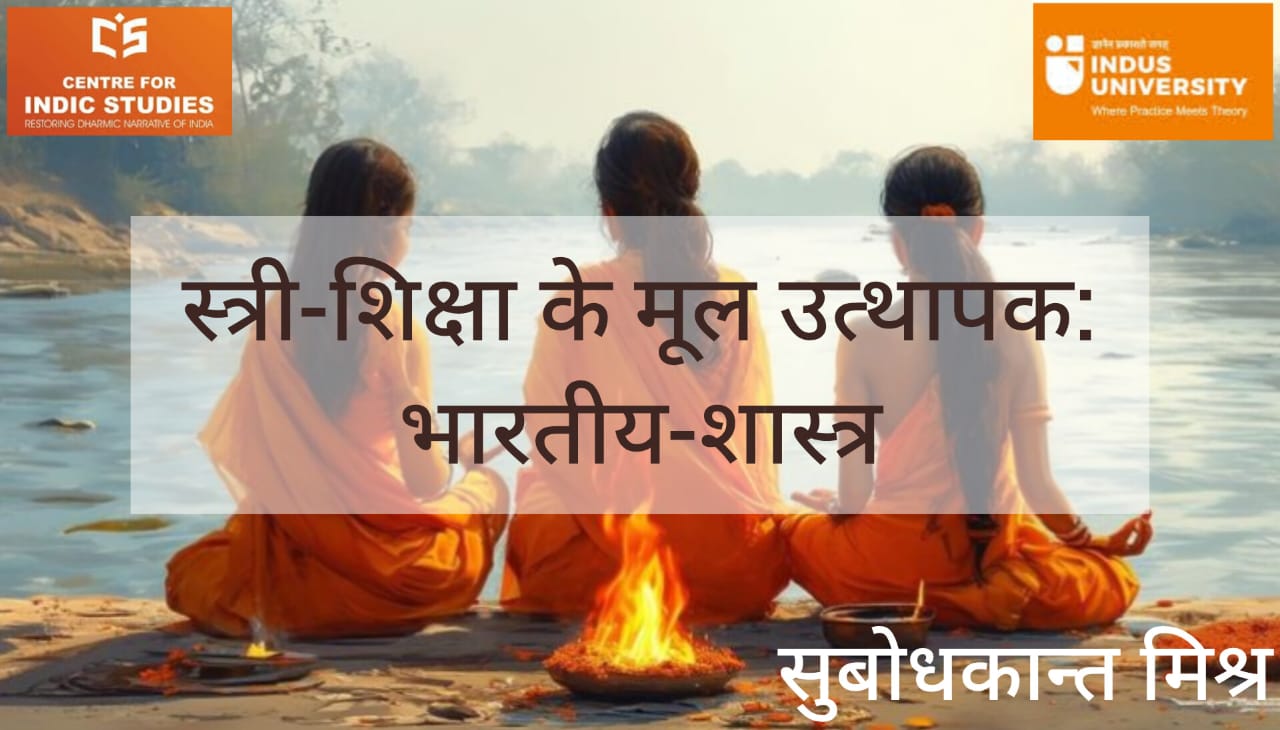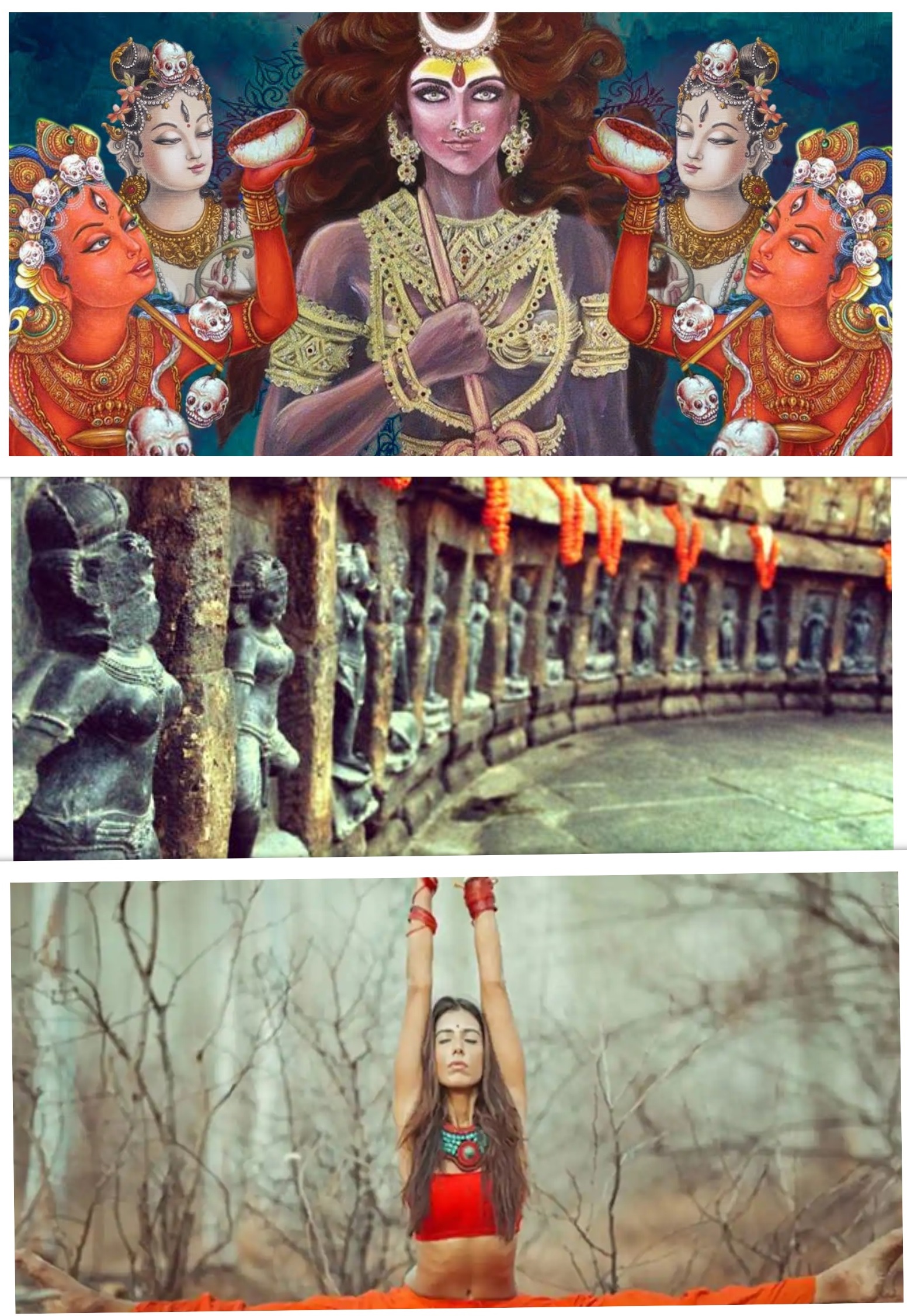- Visitor:15
- Published on:
Defining a Kavya
Kavya-ki-atma, the essential element of a literary composition, is a concept that has been consistently evoked by all theorists.

Kavya, derivationally, means the work or deed of a Kavi. What is the work or deed of a Kavi? It is a charming, out of the ordinary use of words to describe something or some meaning. Since the Kavi’s deed is in words, Sabda, it may be said that Kavya is Sabda, a creation in language. This is the most general definition.
Each theorist has tried to define Kavya closely in accordance with his own assumption of the essential or defining property of a literary composition. Kavya-ki-atma, the essential element of a literary composition, is a concept that has been consistently evoked by all theorists. It is a reflex of that typical Indian intellectual monistic search for one single explanatory principle. By this concept they imply that foundational element on which the beauty and excellence of a composition rests. They have used the word atma for this element – in accord with the widely used suksama (subtle) atma vs. sthula (gross) Sarira opposition. This element is a quality that is immanently present in the linguistic materiality of the work. Theorists have tried to uphold one or the other element as the atma, the locus or determinant of literariness.

Dandin, Bhamaha and Udbhata claim that alamkara, the figural mode, is the determinant of literariness – and they analogize that as heat is to fire, so is alamkara to Kavya. Other theorists however reject this and say that figures of speech are ‘ornaments’, mere external embellishments, only.
Vamana says that riti is the atma of Kavya – a particular manner or mode of selection and arrangement of Sabhas. It is such an arrangement that produces alamkaras, figures of speech. Riti, a more general construct than alamkara, is the ultimate constituent of beauty in a composition. This too was not universally accepted – it was said that ritiafter all is kind of style, and therefore is an instrument, a means (sadhana) of excellence and not the goal (sadhya) of composition.
Kuntaka set up the Vakrokti Siddhanta (principle). All discourse is Ukti, utterance, and literary discourse defines itself by being an arched (Vakra) Ukti. “Uktivisesa Kavyam” says Rajasekhara in the Prologue to Karpuramanjari. Even Bhamaha had mentioned Vakrokti as an essential attribute to Kavya. It is this archedness that constitutes the specific ability (Vilaksanata) of a poet/composer. Singh (1985, 35) gives as an example of Vakrokti the designating of chill air as “the sigh of heaven”. But Vakrokti was also seen as merely a means, like riti, a matter of external cleaning and tidying up.
Anandavardhana proposes dhavani as the atma-dhavani is the resonance of meaning that keeps vibrating in the mind of the hearer who thereby keeps recovering new meanings from the text. It is this indirectness of meaning, it’s not being on the surface, that defines poetry – a literary composition without dhavani is a plain statement or a declaration. This principle gained many adherents but it has had to contend all the time with the rasa Siddhanta.
Bharata, Mammata, Viswanatha and Pt. Jagannatha uphold the rasa principle, and over a period of time, it became the most widely accepted and the most powerfully argued principle which was defined and extended to incorporate alamkara, Vakrokti, riti and dhavani as ancillary elements. Rasa is a principle of literary/aesthetic experience which is unique to literary discourse and different from the experience of other discourses such as sastras and Itihasa. It can be said that finally rasa has been accepted as the atma, the defining property, of Kavya.
[Source: Kapil Kapoor and Nalini Ratnam, Literary Theory: Indian Conceptual Framework (New Delhi: Affiliated East-West Press), 71-72]
Center for Indic Studies is now on Telegram. For regular updates on Indic Varta, Indic Talks and Indic Courses at CIS, please subscribe to our telegram channel !
- 7 min read
- 0
- 0










